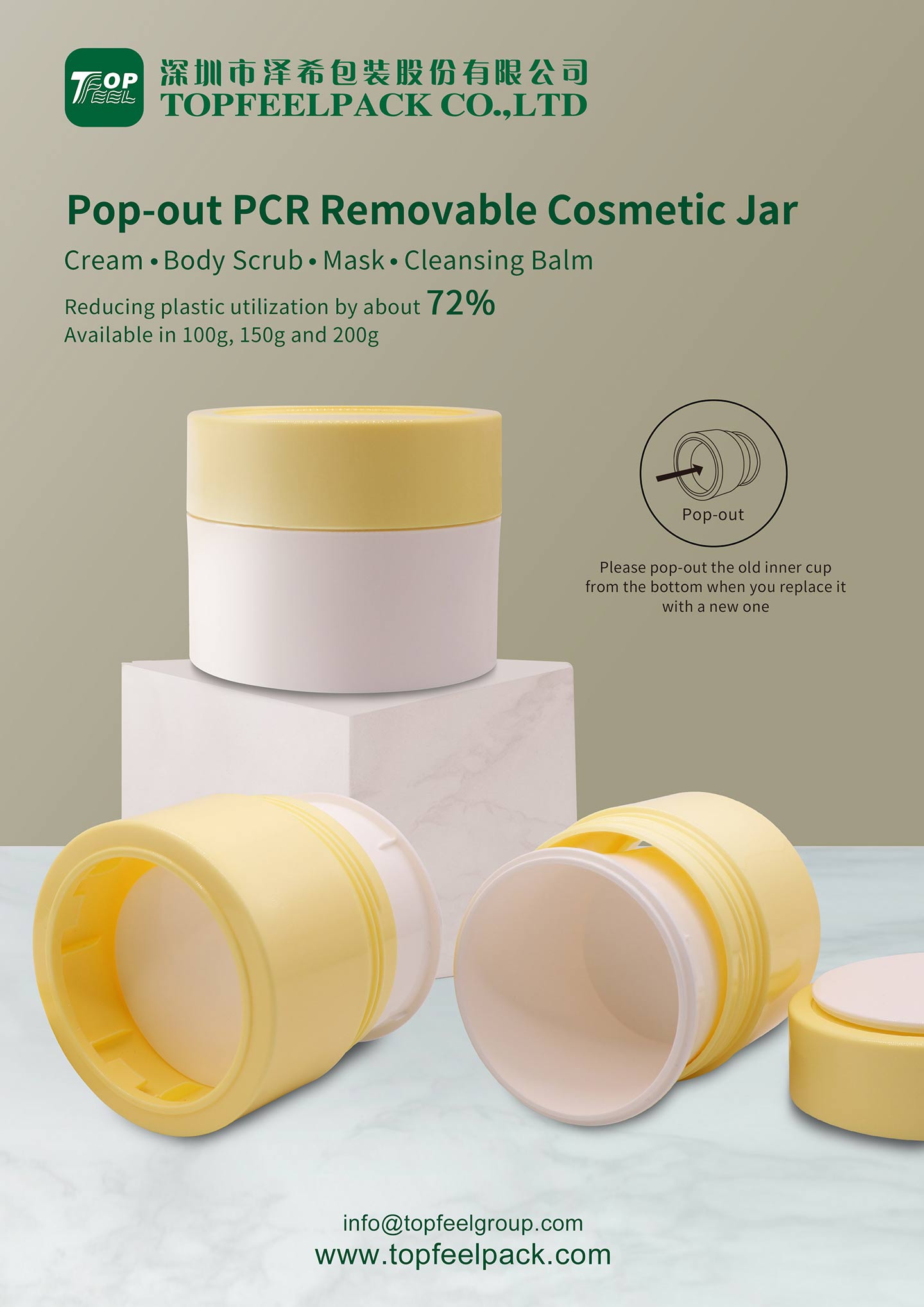Procter & Gamble said that over the years, the company has invested millions of dollars in the production and testing of detergent replacement products, and is now working hard to promote it into the mainstream cosmetics and body care fields.
Recently, Procter & Gamble started to provide face creams with refills on the official website of its brand OLAY, and plans to expand its sales in Europe early next year. Procter & Gamble spokesperson Damon Jones said: “If the replacement is acceptable to consumers, the company’s plastic usage can be reduced by 1 million pounds.”
The Body Shop, which was previously acquired by Brazil’s Natura Group from L’Oréal Group, also stated that it plans to open “gas stations” in stores around the world next year, allowing shoppers to purchase reusable cosmetic containers for The Body Shop Body Shop’s shower gel or face cream. It is reported that the brand offered replacements in its stores in the early 1990s, but due to lack of market demand at the time, production was discontinued in 2003. They called on the official website “ Our Return, Recycle, Repeat scheme is back. And it’s bigger than ever. It’s now available in all UK stores* with an aim to be in 800 stores across 14 countries by the end of 2022. And we don’t plan on stopping there.”
Unilever, which promised to reduce plastic consumption by half by 2025, announced in October that it plans to launch Dove brand deodorant replacements with the support of the zero-waste shopping system LOOP. The shopping system is operated by TerraCycle, an environmentally friendly recycling company, to provide consumers with durable products and refills.
Although from the viewpoint of environmental friendliness, the promotion of replacement equipment is imperative, but at present, in the entire consumer goods industry, the introduction of replacement equipment can be described as “mixed good and bad.” Some voices pointed out that at present, most consumers around the world use too casually, and it is difficult to get rid of “disposable” packaging.
Unilever said that although the price of replacement equipment is relatively cheap, usually 20% to 30% cheaper than formal equipment, so far, most consumers still don’t buy it.
A P&G spokesperson said that even if consumers approve the use of replacements for some household products, the situation is more complicated when they are applied to personal care products such as Pantene shampoo and OLAY cream.
For cosmetics, product packaging is one of the important factors that attract consumers and enhance consumer stickiness, but it is also related to environmental issues, which makes beauty companies a dilemma. But now, people’s attention to sustainable development is increasing. “Reshaping” cosmetic packaging is becoming a hot topic, and the brand’s environmental protection attitude will invisibly attract more consumers.
It is imperative to implement the concept of replacement equipment, which is determined by market trends and our global environment. At present, we see that many cosmetic brands are promoting related products. For example, Shea butter products of Australian brand MECCA Cosmetica, ELIXIR of Japanese brand Shiseido, TATA HARPER of the United States and so on. These companies have both brand reputation and environmental protection, which can have a lot of influence on the market. And the development section of our Topfeelpack is also working hard in this direction. Our molds like PJ10, PJ14, PJ52 cosmetic jars can meet the needs of customers with replaceable packaging, and provide them with sustainable and beautiful brand image.
Post time: Oct-28-2021

